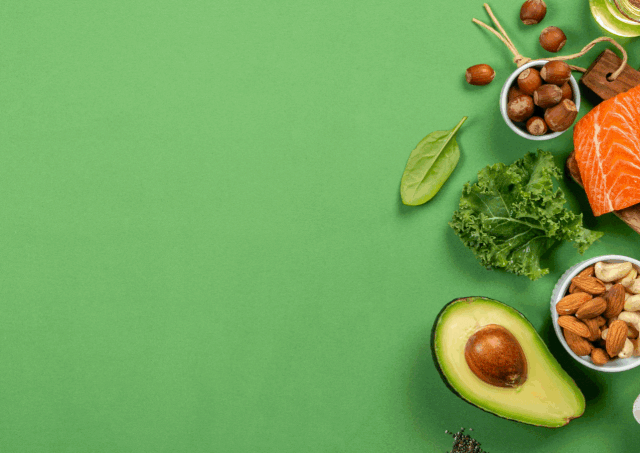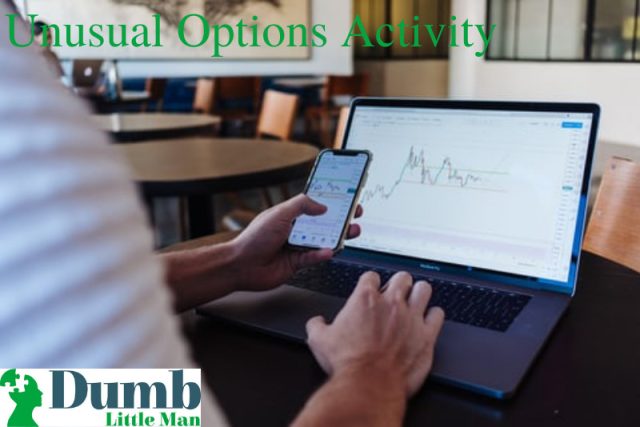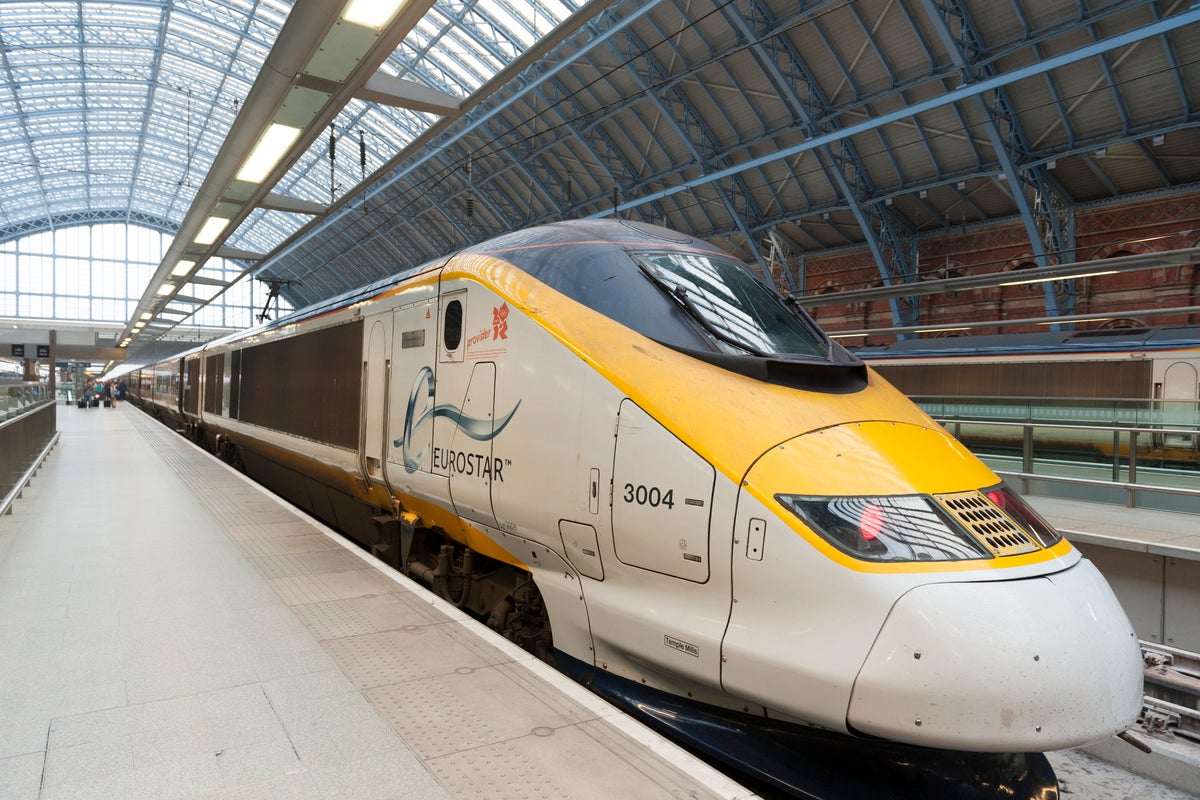This Unique Form Of Fitness Helped Me Heal After Intense Trauma
This psychotherapist shares her journey after a devastating loss.


Our editors have independently chosen the products listed on this page. If you purchase something mentioned in this article, we may earn a small commission.
While some health issues are visible to the outside world, many people face chronic conditions that don't have externally visible signs or symptoms—also known as invisible illnesses. In mindbodygreen's series, we're giving individuals with invisible illnesses a platform to share their personal experiences. Our hope is their stories will shed light on these conditions and offer solidarity to others facing similar situations.
Trigger warning: This article includes mentions of rape and sexual abuse.
In 2003, after a long fertility journey with a few pregnancy losses, I finally was pregnant with a baby girl. However, just one day after I felt her first kick in my belly, I found out that something had gone wrong. The doctors informed me that she had died inside of me, and I would have to give birth to her body.
After that experience, I really felt like my body was a failure, that I was a failure. I had given birth to death, and as a result, I felt like I was slowly dying. I just went with that flesh that died within me.
I fell into a deep depression, and no one in my family really understood what I was going through. My mother had eight kids, and nobody in my huge family had fertility issues of any kind. I felt invisible in my own family, and invisible in a culture that does really talk about fertility challenges. It seemed like everyone around me just thought I should be able to set it aside and not talk about it, not feel the pain. Everybody wanted me to be happy.
There are many traumatic things that happened in my life prior to the stillbirth of my daughter. I was sexually abused as a child, and raped in college. However, the experience of my pregnancy loss really disconnected me from my body in a way I had never experienced before. I cut myself off from the world and dissociated. I completely shut down.
A friend helped me find healing through movement
While I was going through this traumatic, difficult time, a dear friend of mine showed up to see me on a regular basis for three months. She sat with me patiently, even when I told her I hated myself and my life. At times, I even told her I hated her for showing up to see me. Yet, she kept coming back.
Eventually, she noticed that small parts of me might be willing to shift—even before I realized it myself. That’s when she invited me to take a Nia class with her—telling me it was time to get moving. I had no idea what “Nia” was at the time, but I learned it’s a sensory-based movement practice that draws from martial arts, dance arts, and healing arts. Nia actually stands for “neuromuscular integrative action”.
So three months after burying my daughter, I went with my friend to the local Y to try one of these classes. I had been a dancer and an athlete my whole life, but I stepped into that Nia class incredibly skeptical—I figured I’d just stand in the back of the class and not move. (As a lifelong performer, the fact that I wanted to stand in the back really demonstrates how I was feeling.)
Honestly, I didn’t love my first class. I completely froze—just like in the face of trauma, I froze, because I didn’t actually want to feel my own feelings or be transported back to what happened. But in that class, the instructor guided through gentle movements, focusing on comfort, and I remember hearing the words “safe in your body” which actually resonated with me.
So little by little, I got more comfortable with the movements, and I truly believe it gently brought me back to wanting to be alive again. I started taking one class a week, then two, then three. Over time, the movement and exercises in those classes helped me see my body as a gift. I was able to step back into my body and start living again.
I became completely immersed in Nia
Nia is really designed to transform our relationships with our bodies, which then in turn, transforms our relationships with life. It's rooted in anatomy, physiology, and features 52 moves based on how the body is designed to move safely and systemically.
It's a fusion art of martial arts, which is about precision, focus, concentration, readiness; the dance arts, which is about meaning, purpose, expression; and the healing arts, which is about alignment and subtle awareness of sensations. Together, it makes for a beautiful movement blend.
What's more, in each class, you’re surrounded by a welcoming community of people who are there to heal and grow with you.
There are so many of us walking around feeling worthless, and disconnected from ourselves due to invisible loss and or trauma.
In my experience, Nia was a powerful tool for healing trauma. As a psychotherapist of 25 years, I know that trauma affects our brainstem and our early processing centers. And when we disconnect from our body’s physical sensation, we don’t think clearly, we don’t feel in a balanced way, and we lose our sense of self. Every single one of us can relate to this in some way, shape or form.
Fortunately, we can retrain our nervous system, which then impacts our thoughts and feelings. Nia, to me, is a wonderful bottom-up healing approach—as opposed to the top-down approach of thinking happy thoughts or talking about trauma.
Health Coach Certification
A best-in-class, board certified curriculum grounded in a holistic approach to healing.

Nia follows the same order as brain development, which starts by making sense of the world via sensation. Think about it: As infants, we learn to walk via physical sensation, not thoughts—we take in the world through feelings and the emotional responses of people around us. In the face of trauma, that basic, natural ability gets interrupted—in order to reclaim it, we have to go back to focusing on sensation and feeling.
After trauma, people also often have the false believe they're not worthy. Nia honors the unique self and over time, teases you into believing you are. What's more, our physical postures often change after a traumatic event (we might slouch, or try to make ourselves feel as small and closed off as possible). If you continue in that habitual posture. This type of practice also breaks us out of all those patterns, and encourages healthier postures, which let us breathe and feel better.
Following my own healing experience with Nia, I became an instructor, and I also incorporate the practice into my own psychotherapy work. In my individual sessions, I do what's called the Nia “five stages of healing”, which is rooted in rewiring the brain from the ground up. When the people I’m working with are anxious, this practice can help calm them. When they're sad, it gives them more joy. When they feel constricted and bound up, it can get energy moving through their whole body again.
How to support a loved one who has experienced trauma
One of the best ways to be supportive is to be present. Stay fairly emotionally neutral and hear what happened. Listen to what they're going through, and be receptive to what they might need. Remember that nothing is wrong with them.
And if you can't listen to their experience because of your own trauma and pain, guide them to places that can help—which they can seek out in their own timing. Don't force, don't push, just be present.
My dear friend did all of this so well for me, and after some time, I was able to begin my healing journey.
What I hope others can understand
There are so many of us walking around feeling worthless, and disconnected from ourselves due to invisible loss and or trauma. However because it’s often kept in the dark, there aren’t really many forums for people to heal—and that’s where the invisibility lies.
Our culture is beginning to be more open about mental health, but people don't talk about trauma to the body enough. I want to emphasis how, in these cases it can be so powerful to start healing via the body, not just talk therapy—and this is coming from a psychotherapist of 25 years. We have to move our bodies and train our muscles and our nervous systems differently, so we can think and act in a way that supports our total vitality.

 Fransebas
Fransebas 
































